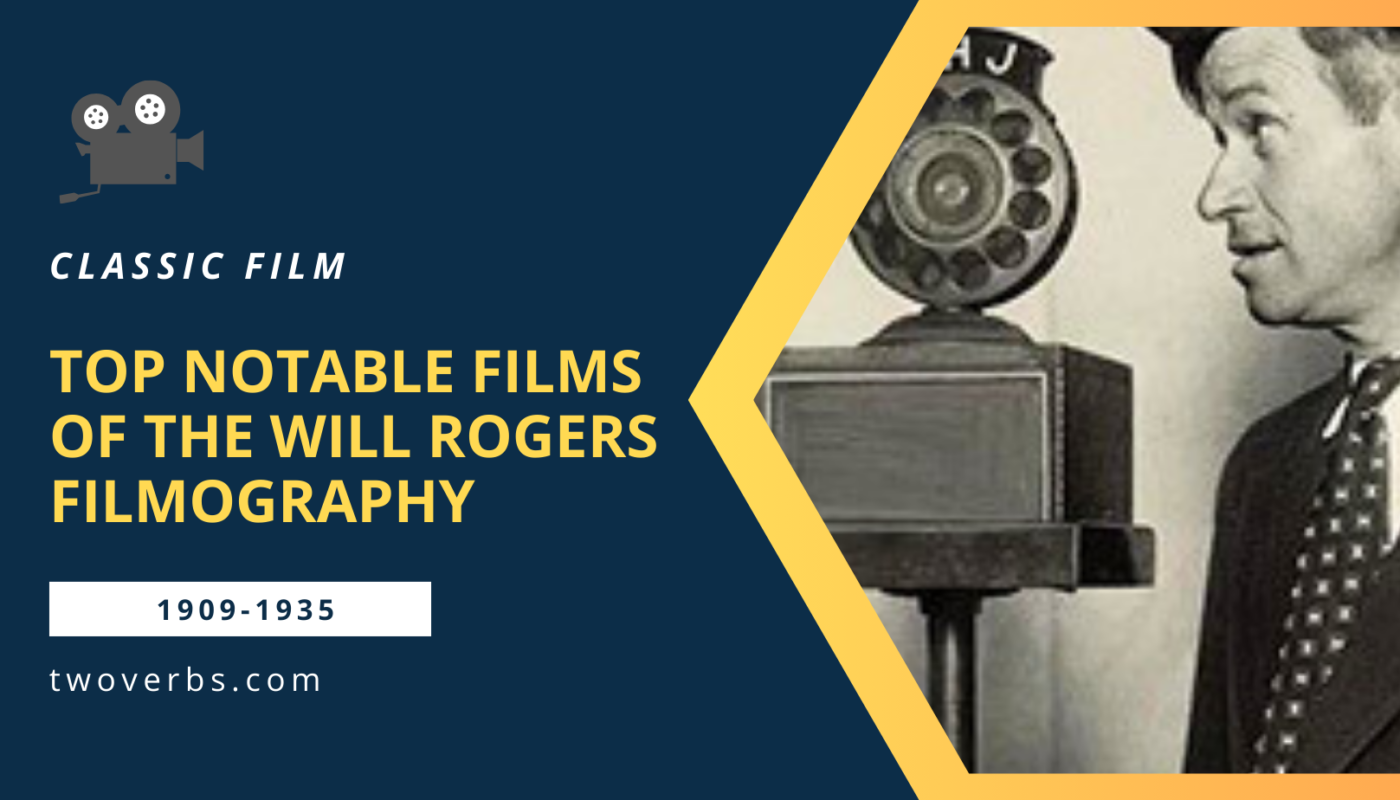Will Rogers, an American vaudeville performer, humorist, and social commentator, was one of the most popular film stars of the early 20th century. His unique style, characterized by his folksy wit and down-to-earth demeanor, made him a beloved figure in American entertainment. Rogers starred in films, ranging from silent films to early sound movies. This WIll Rogers filmography sample provides an overview of his notable films, including the year of release and major co-stars.
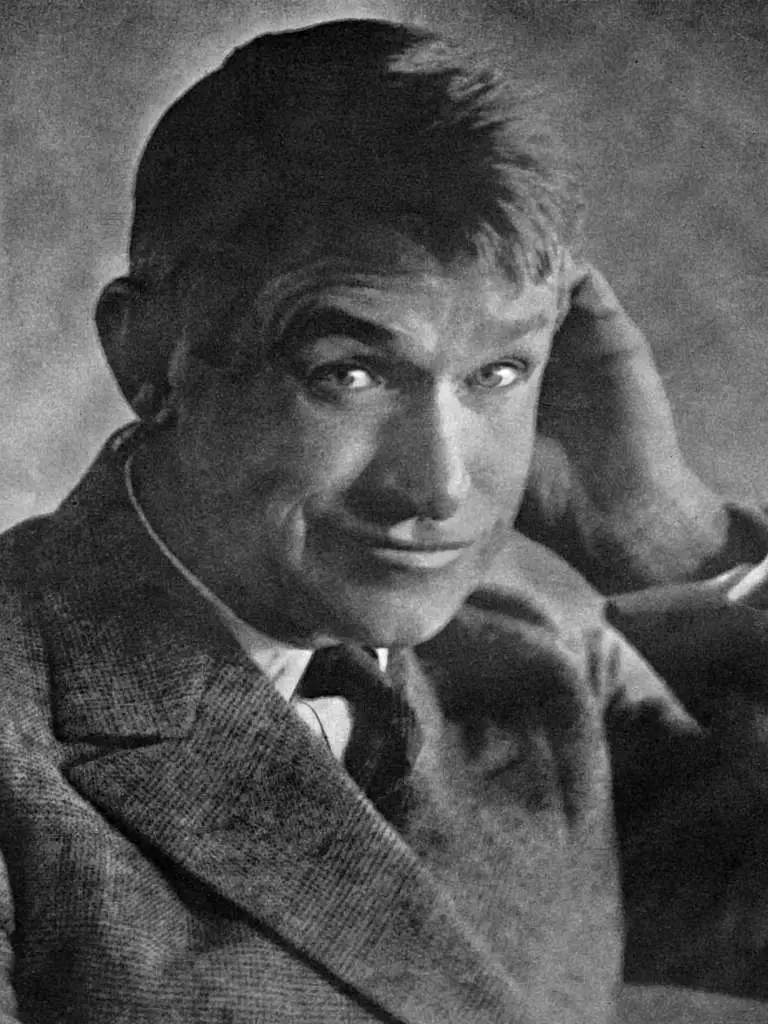
About This Will Rogers Filmography
From his beginnings in silent films to his later sound movies, Rogers starred in over 70 films that showcased his folksy persona and comedic talent. Below is a chronological sample of the Will Rodgers Filmography with his notable films, including the year they were produced and the major actors who starred alongside him.
Will Rogers Filmography
The Cowboy Millionaire (1909)
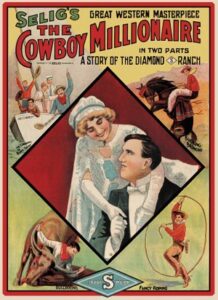
Will Rogers made his film debut in “The Cowboy Millionaire,” a silent short film produced in 1909. In this film, Rogers played a cowboy who unexpectedly strikes it rich and finds romance. His co-star in this film was Maxine Elliott. This early role laid the foundation for Rogers’ future success in portraying relatable, everyman characters.
While the film itself was a simple silent short, Rogers’ natural charisma was evident even in these early days. Critics noted his ease in front of the camera and his ability to bring a sense of authenticity to the cowboy role, traits that would define much of his later work. However, as a debut, the film was not widely regarded as a major work but served as a stepping stone in Rogers’ career.
Laughing Bill Hyde (1918)
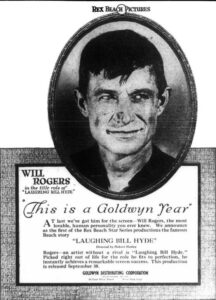
Produced in 1918, “Laughing Bill Hyde” was a silent drama featuring Rogers in the role of a gambler who finds redemption through a selfless act in the Alaskan wilderness. His co-stars included Anna Lehr and Clarence Oliver. This film highlighted Rogers’ ability to blend comedic elements with more serious, dramatic themes.
Critics of the time appreciated Rogers’ versatility, as he deftly handled the transition from humor to drama. However, the film’s pacing and structure were typical of the silent era, making it less memorable by today’s standards. Nevertheless, Rogers’ performance was praised for its sincerity and his ability to portray a nuanced character beyond his comedic persona.
Jubilo (1919)
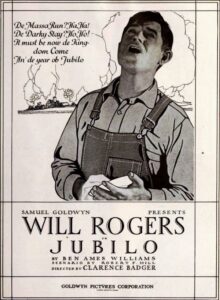
“Jubilo,” released in 1919, showcased Rogers as a lovable tramp searching for his estranged wife. This silent comedy further established Rogers’ natural charm and comedic timing. He starred alongside Josie Sedgwick and Will Rogers Jr., delivering a performance that resonated with audiences for its heart and humor.
His portrayal of a tramp in search of his estranged wife was both humorous and touching, showcasing his range as an actor. Contemporary reviews highlighted his likability and the emotional depth he brought to the role. However, some critics felt the film’s plot was somewhat predictable, although Rogers’ performance often overshadowed the narrative shortcomings.
The Ropin’ Fool (1922)
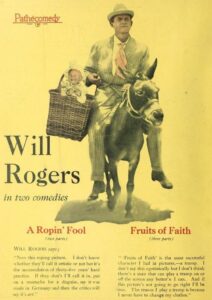
In the 1922 silent short “The Ropin’ Fool,” Rogers demonstrated his impressive roping skills in a comedic context. Co-starring Irene Rich, the film became one of Rogers’ signature works, blending his physical talents with his on-screen charisma in a way that delighted audiences.
In this portrayal, Ropes Reilly, played by the remarkable Will Rogers, is depicted as a cowhand who loses his job due to his unwavering passion for roping. Not only does he prioritize roping over eating, but he is so consumed by his passion that he even finds himself roping in his dreams.
The Headless Horseman (1922)
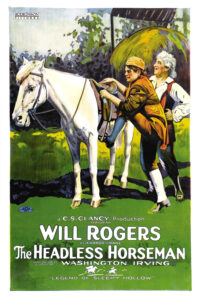
Also produced in 1922, “The Headless Horseman” was a silent adaptation of Washington Irving’s classic tale. Rogers took on the role of Ichabod Crane, adding his humorous twist to the story. The film co-starred Lois Meredith and Ben Hendricks Jr., and highlighted Rogers’ versatility in bringing comedy to traditionally dramatic narratives.
Rogers portrayed the unsympathetic and strict schoolmaster Ichabod Crane, who, at a certain instance, resorts to physical punishment against a student. To capture the true essence of the story, the filming occurred in the picturesque Hudson River Valley near Tarrytown, New York. This location, with its charming Dutch farmhouses and iconic covered bridges, mirrors the setting depicted in Washington Irving’s tale.
They Had to See Paris (1929)
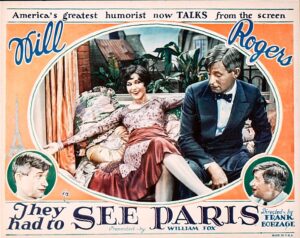
“They Had to See Paris,” released in 1929, marked Rogers’ entry into sound films. In this movie, he portrayed an American businessman who takes his family to Paris, exploring themes of cultural clash with his signature homespun humor. Rogers was joined by Irene Rich and Fifi D’Orsay in this film that bridged his silent film success with the new era of talkies.
His portrayal of an American businessman in Paris was well-received, with critics praising his comedic timing and relatable portrayal of culture clash. The film was a box office success, and critics appreciated Rogers’ seamless transition to the new medium of talkies.
A Connecticut Yankee (1931)
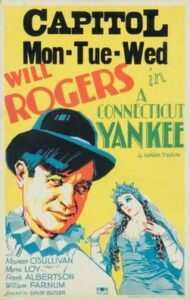
In 1931, Rogers starred in “A Connecticut Yankee,” a comedic adaptation of Mark Twain’s novel. He played a mechanic transported back in time to the era of King Arthur, blending humor with light-hearted social commentary. His co-stars included Maureen O’Sullivan and William Farnum, and the film was well-received for its clever storytelling and Rogers’ charismatic performance.
The film was praised for its clever adaptation of Mark Twain’s novel and Rogers’ charming performance. Critics noted the effective use of satire, though some found the film’s pacing uneven. Rogers’ ability to carry the film with his humor and relatability was consistently highlighted as a key strength.
Ambassador Bill (1931)
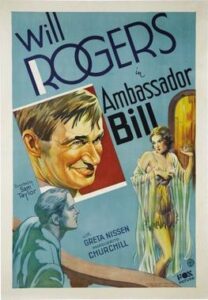
“Ambassador Bill,” also released in 1931, saw Rogers in the role of an American ambassador tasked with bringing peace to a troubled European nation. This lighthearted political satire co-starred Marguerite Churchill and Greta Nissen, showcasing Rogers’ ability to infuse humor into politically charged storylines.
The film was well-received for its lighthearted satire and Rogers’ engaging performance. Critics appreciated the way Rogers used his down-to-earth persona to critique political pretensions, though the film was not without its detractors, who felt it lacked the depth of his more personal works.
Too Busy to Work (1932)
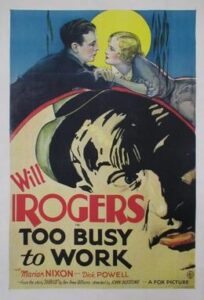
Produced in 1932, “Too Busy to Work” featured Rogers as a wandering tramp who reunites with his long-lost daughter. The film, co-starring Marian Nixon and Dick Powell, balanced Rogers’ comedic persona with poignant emotional moments, making it one of his standout performances in early sound cinema.
Critics praised his portrayal of a wandering tramp reconnecting with his daughter, highlighting his skill in balancing humor with emotional depth. While the film was well-received, some critics felt that the story’s sentimental elements were overly simplistic. Rogers’ performance, however, was often noted as the redeeming feature, with his character’s warmth and sincerity shining through.
Dr. Bull (1933)
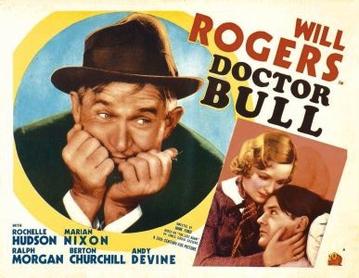
In the 1933 film “Dr. Bull,” Rogers played a small-town doctor whose unconventional methods are put to the test during a local epidemic. This medical drama, co-starring Marian Nixon and Veda Ann Borg, highlighted Rogers’ ability to play roles that combined humor with deeper social themes, reflecting his appeal as an everyman hero.
The film was praised for its social commentary on the medical profession and Rogers’ portrayal of a man fighting against the status quo. Critics appreciated the film’s blend of humor and serious themes, although some found its pacing slow.
Judge Priest (1934)
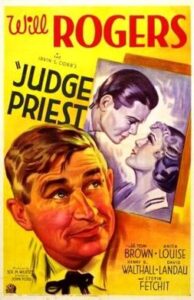
“Judge Priest,” directed by John Ford and released in 1934, featured Rogers as a kind-hearted but unconventional judge in a Southern town. Co-starring Tom Brown, Anita Louise, and Hattie McDaniel, the film blended comedy with themes of social justice, with Rogers’ performance praised for its warmth and humanity.
Critics praised the film for its blend of humor, social commentary, and Rogers’ portrayal of the kind-hearted but unconventional judge. The film’s portrayal of Southern culture was both celebrated and critiqued, with some modern reviewers noting its dated views on race. However, Rogers’ performance was universally lauded for its warmth and depth, solidifying his legacy as a beloved figure in American cinema.
David Harum (1934)
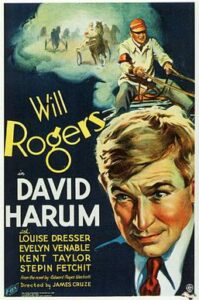
Also released in 1934, “David Harum” saw Rogers in the role of a shrewd banker and horse trader navigating small-town life. His co-stars included Louise Dresser and Evelyn Venable. The film’s lighthearted approach to everyday challenges resonated with audiences, further cementing Rogers’ status as a beloved screen presence.
The film was praised for its lighthearted approach to everyday challenges and Rogers’ ability to imbue his character with a sense of wisdom and humor. Critics noted the film’s simple but effective storytelling, though some felt it lacked the narrative complexity of his more dramatic works. Rogers’ performance was consistently highlighted as the film’s standout feature.
Handy Andy (1934)
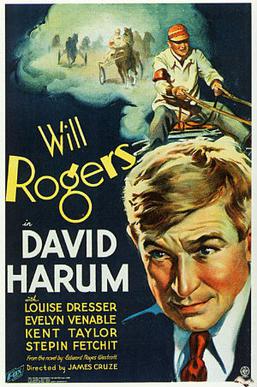
In “Handy Andy,” another 1934 release, Rogers played a small-town pharmacist who dreams of adventure. His character’s comedic misadventures, as he tries to chase his dreams, were complemented by co-stars Peggy Wood and Mary Carlisle. The film emphasized Rogers’ talent for portraying relatable, aspirational characters.
Critics appreciated the film’s humor and Rogers’ portrayal of a relatable character yearning for adventure. However, some noted that the plot was somewhat predictable, relying heavily on Rogers’ charm to carry the film. Despite this, “Handy Andy” was well-received by audiences and remains a testament to Rogers’ ability to connect with viewers on a personal level.
The County Chairman (1935)
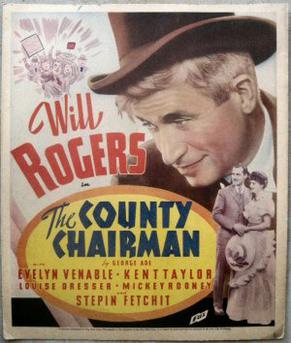
Released in 1935, “The County Chairman” featured Rogers as Jim Hackler, a lovable political boss in a small town. Co-starring Evelyn Venable and Kent Taylor, Rogers used his wit to navigate local politics, ensuring that justice prevailed in this lighthearted yet thoughtful comedy.
Critics praised the film for its witty script and Rogers’ engaging performance. His portrayal of Hackler was seen as a reflection of his own views on American politics, using humor to critique and humanize the political process. The film was generally well-received, though some reviewers felt it leaned too heavily on Rogers’ star power rather than developing a more robust narrative.
Life Begins at 40 (1935)
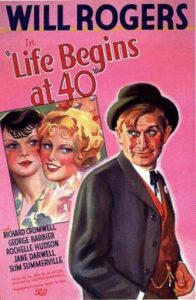
“Life Begins at 40,” also from 1935, starred Rogers as a newspaper editor helping to clear a young man’s name while dealing with his own midlife crisis. Co-starring Richard Cromwell and Rochelle Hudson, the film blended comedic elements with a touching exploration of personal growth and community spirit.
Rogers’ role as a newspaper editor dealing with midlife challenges resonated with audiences, and critics highlighted his ability to bring depth to a seemingly simple story. The film’s exploration of personal growth and community spirit was well-received, although some critics felt that the film could have explored its themes more deeply.
Doubting Thomas (1935)
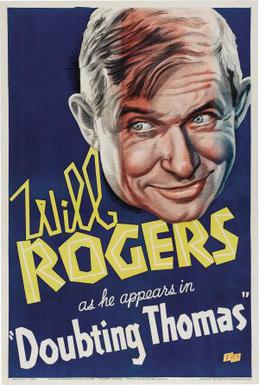
In “Doubting Thomas,” Rogers played a skeptical husband whose wife, portrayed by Billie Burke, is determined to pursue a career in theater. This 1935 comedy also featured Alison Skipworth, and revolved around humorous misunderstandings that eventually led to mutual support and understanding between the characters.
The comedy was praised for its lighthearted take on marital misunderstandings, with Rogers and co-star Billie Burke delivering strong performances. Critics appreciated the film’s humor and Rogers’ portrayal of a supportive yet initially reluctant spouse. However, some felt that the film’s narrative was somewhat formulaic, relying on Rogers’ comedic timing to elevate the material.
Steamboat Round the Bend (1935)
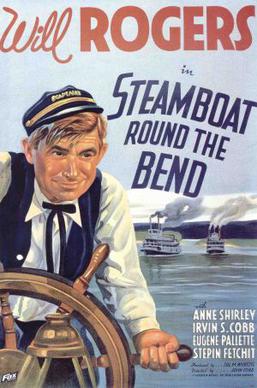
“Steamboat Round the Bend,” another 1935 film, was one of Rogers’ last collaborations with director John Ford. In this movie, Rogers played a steamboat captain trying to clear his nephew’s name, blending comedy and drama along the Mississippi River. Co-stars included Irvin S. Cobb and Anne Shirley, contributing to a film that became a fan favorite.
Critics praised the film for its blend of comedy, drama, and social themes, with Rogers’ portrayal of a steamboat captain trying to clear his nephew’s name standing out as a highlight. The film was noted for its effective use of the Mississippi River setting and its strong supporting cast, including Irvin S. Cobb and Anne Shirley. Rogers’ performance was widely celebrated for its depth and nuance.
In Old Kentucky (1935)
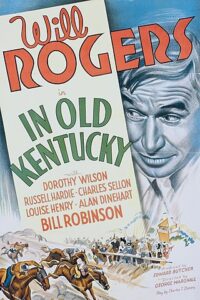
Also released in 1935, “In Old Kentucky” saw Rogers as a horse trainer who helps a young jockey win a major race. Co-starring Dorothy Wilson and Russell Hardie, the film emphasized themes of loyalty and underdog triumph, with Rogers’ performance once again showcasing his ability to bring humor and heart to his roles.
The film is placed into this Will Rogers Filmography for its charming portrayal of loyalty and underdog triumph, with Rogers delivering a typically engaging performance. Critics appreciated the film’s feel-good narrative and Rogers’ ability to bring authenticity to his role. However, some felt that the film lacked the depth of his more socially conscious works.
The Great Ziegfeld (1936)
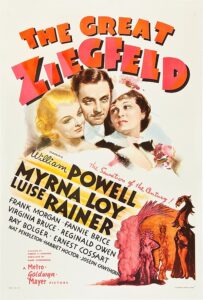
Although Rogers had a smaller role in “The Great Ziegfeld,” a biographical drama produced in 1936, his performance was memorable. The film, which starred William Powell and Myrna Loy, recounted the life of Florenz Ziegfeld and highlighted Rogers’ ability to adapt to various film styles, even in supporting roles.
Although Rogers had a smaller role in “The Great Ziegfeld,” the film was a major success, winning the Academy Award for Best Picture. Rogers’ cameo was noted for its charm and his ability to adapt to the grandiose style of the biographical drama. While not a central figure in the film, Rogers’ presence added a touch of humor and warmth, and critics appreciated his contribution to the overall success of the film.
Final Thoughts About this Will Rogers Filmography
Will Rogers’ extensive filmography highlights his unique comedic style’s versatility and enduring appeal. From silent films to talkies, Rogers brought warmth, wit, and a touch of social commentary to each of his roles, making him a cherished figure in American cinema. His legacy inspires comedians and actors who appreciate the blend of humor and humanity that Rogers consistently brought to the screen.
*Fair Use of Movie Poster Images on this Page
The images on this page depicts film posters and is most likely copyrighted by either the publisher or the creator of the artwork. It is believed that using scaled-down, low-resolution versions of film posters for critical commentary on the film or the poster itself, when no free equivalent is available or could adequately convey the same information on TwoVerbs.com in the United States, and falls under fair use as defined by US copyright law. Any other uses of this image, whether on this site or elsewhere, may constitute copyright infringement. For further details, please refer to Wikipedia’s guidelines on non-free content.
